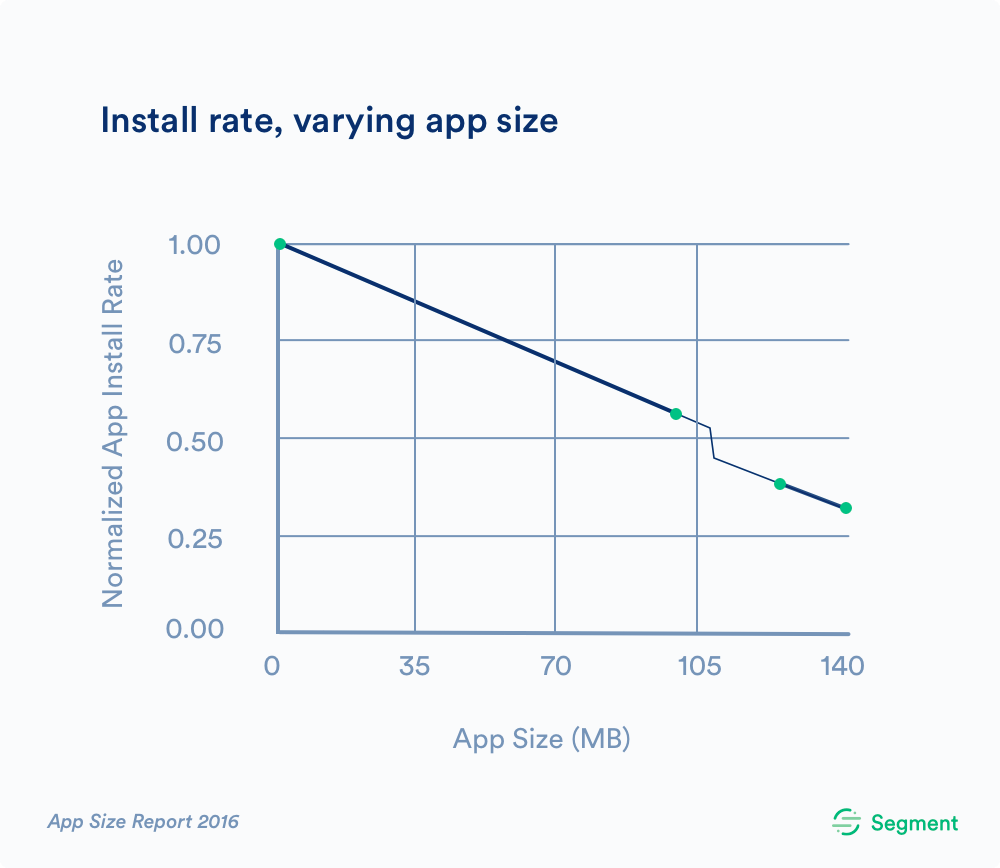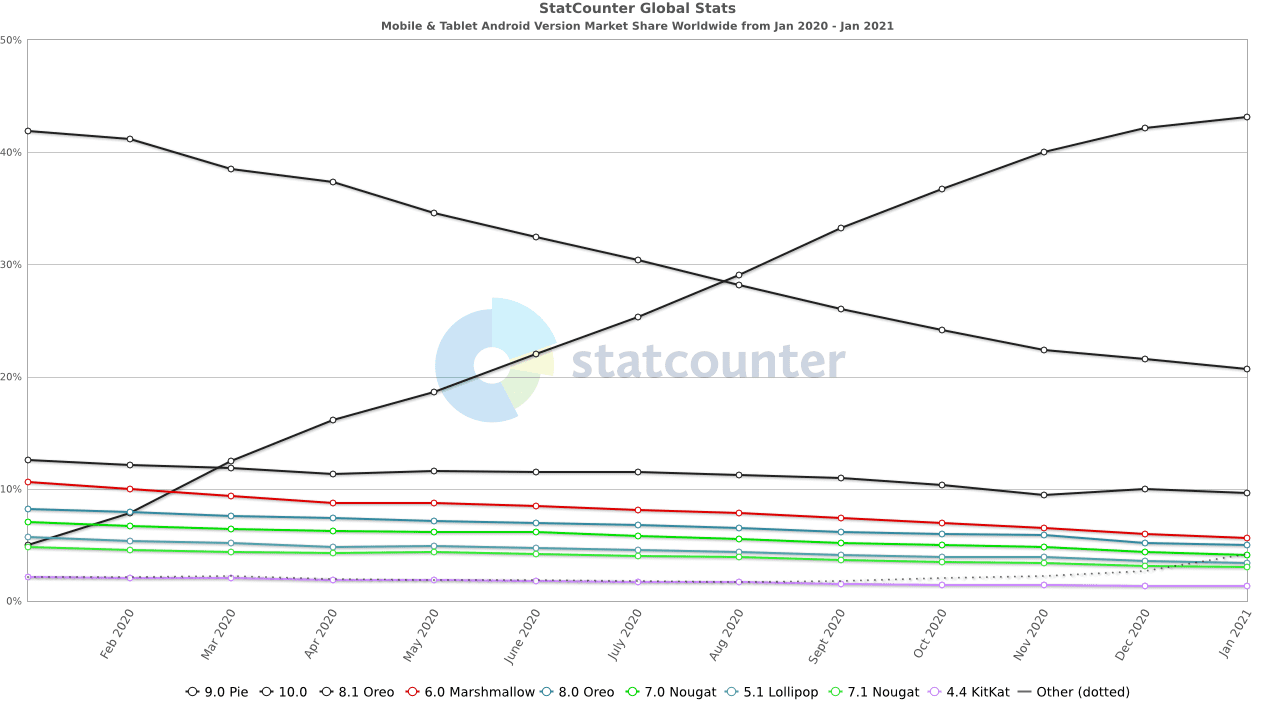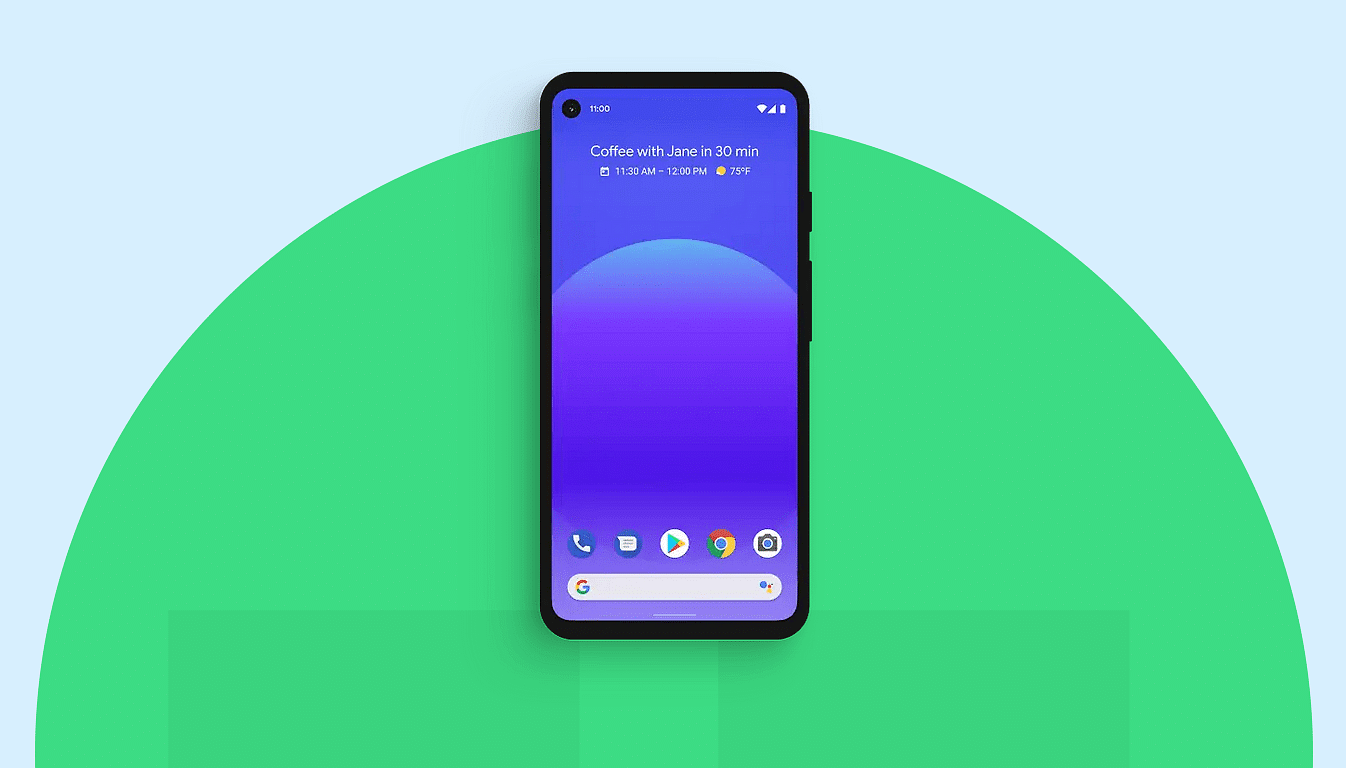Building successful products is overrated!! Why do we even need to build a product scalable to millions? We shouldn’t. It’s all waste. There is no fun in building highly personalized, intuitive, simplistic mobile design. Investing in design thinking is a FOOLISH idea. What’s more absurd? Security. Focusing on app security, design thinking & cybersecurity are such boring topics. Do you want to know where the real fun is? Wasting the resources of your company. Why shouldn’t you? You Must. It’s blissful. Here, I’m revealing secrets to building apps that will successfully fail.
5 must commit mistakes to develop a terrible android app
1. Don’t design for usability
You dare not think about personalizing the UI for the end-user. Personalizing UI means delivering a good user experience. Why would you want to do that? Remember, the goal is to build a terrible mobile app.
Good or bad, experiences always stick with the customer. It results in viral word-of-mouth. If users are all praises about your app in their friends and family circle, it means more number of app installs. You don’t want that. Deliver bad customer experiences. So bad that Google has to add negative star-reviews in the play-store. People should curse their decision for installing your app.
Bad word-of-mouth will ensure nobody uses your app. Great! This was an easy tip. The next tip is ridiculously simple to implement.
2. Don’t test it rigorously, esp don’t test APIs at all
You know they say, you take care of your employees, they take care of your company. So, ask your android application testers to taste new ice-cream flavors, give them a day off for the very purpose. Tell them it’s okay to ignore a few bugs here and there.
No need to iteratively test every feature release or app builds for bugs. It’s okay to leave the application broken, it’s okay to let the user data be vulnerable. Even if you’re planning to fix bugs, don’t prioritize them based on usage or revenue critical metrics. Because that way, you may end-up saving money for the company. That’s a terrible approach.
So what if APIs
- Take a lifetime to respond, or
- If data is inconsistent, or
- If it’s not incrementally integrable, not secure..
It’s okay! These days there are so many competitors out there. Your app users can try them out. Let them. You chill out and focus on the goal : “build an app that nobody wants to install”. Next tip for that?
3. Don’t do any of the following:
- Encrypting app data
Android 5 up to Android 9, supports full-disc encryption where the entire data is protected with a single password i.e., user’s device password. Android 10 onwards, it is recommended to use file-based encryption. Why would you want to additionally encrypt the app data when the OS does it by default? So what if your app uses shared storage? Is your app dealing with user’s personally identifiable information (PII), health records, financial details, or enterprise data? Then let’s make them vulnerable by not adding an additional layer of security. That way, once there is a data breach – users will automatically walk away from your app, and it would eventually fail.
- Using HTTPS & SSLSockets
HTTPS and SSLSockets provide enhanced network security for client and server communications. This boosts integrity, confidentiality, and uses robust authentication of data exchanges between client & server. Basically it helps in:
a. Protecting from wiretappers and interceptors i.e, prohibits malicious parties from modifying messages.
b. Facilitating peer authentication i.e, Servers can request clients to authenticate themselves.
c. Encrypting sensitive data transactions between client and the server.
- Obfuscating your code, and the strings within; Shrinking your app size
Developers tend to use Gradle tools which uses R8 compiler to perform compile time tasks like:
a. Shrinking the app size by removing unused code and resources
b. Obfuscating the names of your classes, methods, attributes, etcetera
c. R8’s aggressive code optimization to further reduce app size
You should refrain for incorporating these into your strategy. Guess why? Because Bigger the app size, lesser the downloads. More installs can be good for business? How to harm your business? Increase the app size.

4. Don’t build for 2021, build for 2012
Android 12 is around, developer preview is already out. But we shall not include that in our strategy. Our apps should only work on a limited number of Android OS versions and devices. If it works on a wide range of OS versions, again more users will use it. Let’s not make this mistake. Build only for a few Android OS versions. Best, restrict yourself to Android 5 max. 44% of android users are on v10, 22% on v9. We can easily lose these customers by not building for them i.e., ignoring the features facilitated by these OS versions. Yayyy! Simple. One step closer to failure.

While the likes of Gartner, Amazon, Google are vocal about AI, Chatbot, AR, Beacon, Wearable devices, IoT, Cloud, Data, 5G, Foldable devices – let’s restrict ourselves to building simple websites with minimalistic features and a little irritating UI/UX.
5. Don’t hire experienced, competent developers
Instead, hire inexperienced developers. Two attributes that you must lookout in the developer or outsourcing partner are low competency, low integrity. BTW Beware, some newbies are damn good at coding. Stay away from them.
Hire developers who
- Don’t know how to use Bitmaps efficiently, or
- How to leverage fragments, intents
- How to implement proper hierarchy
- Would spend days googling how to resolve bugs and still be clueless
- Don’t use open-source tools. Using open-source means cutting costs. Doesn’t suit our purpose. Less money in the pocket means less experimentation with new features. This allows competitors to go light years ahead of you!!!
This list feels too short, but I feel if you implement all these effectively. You’ll be blessed with failure. Okay, lemme add another tip:
DON’T PRACTICE DevSecOps!!! Business agility is bad for app failure. Agile development practices with a focus on security can ruin all the efforts of aforementioned tips. More on this in another insight.
Failing while experimenting something new is GOOD.
But failing when there is
a helping hand,
a guide,
a mentor,
a team to help you prosper
is DUMB.
Blunt? but that’s true.
For tips on how not to fail, explore our insights on design, tech & culture.
Meet an amazing travel partner to accompany you on your digital transformation journey.








